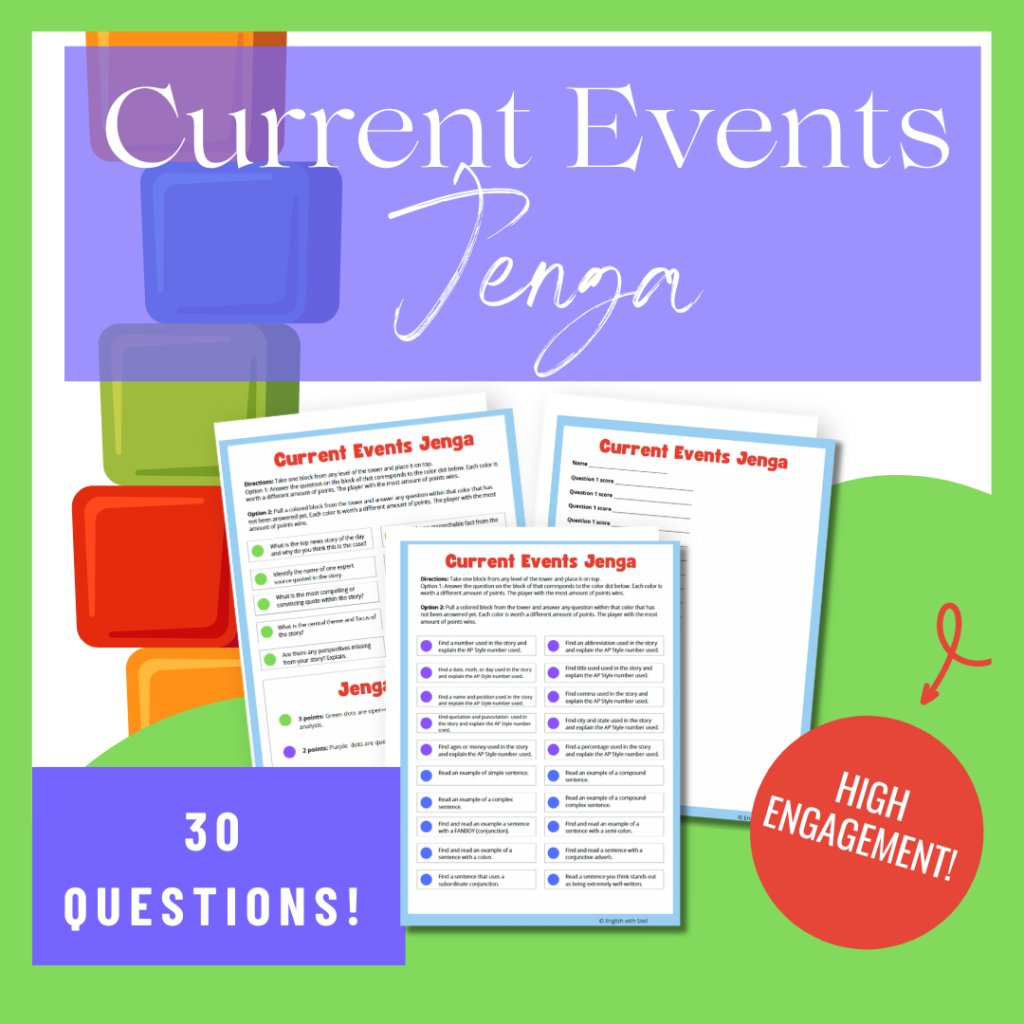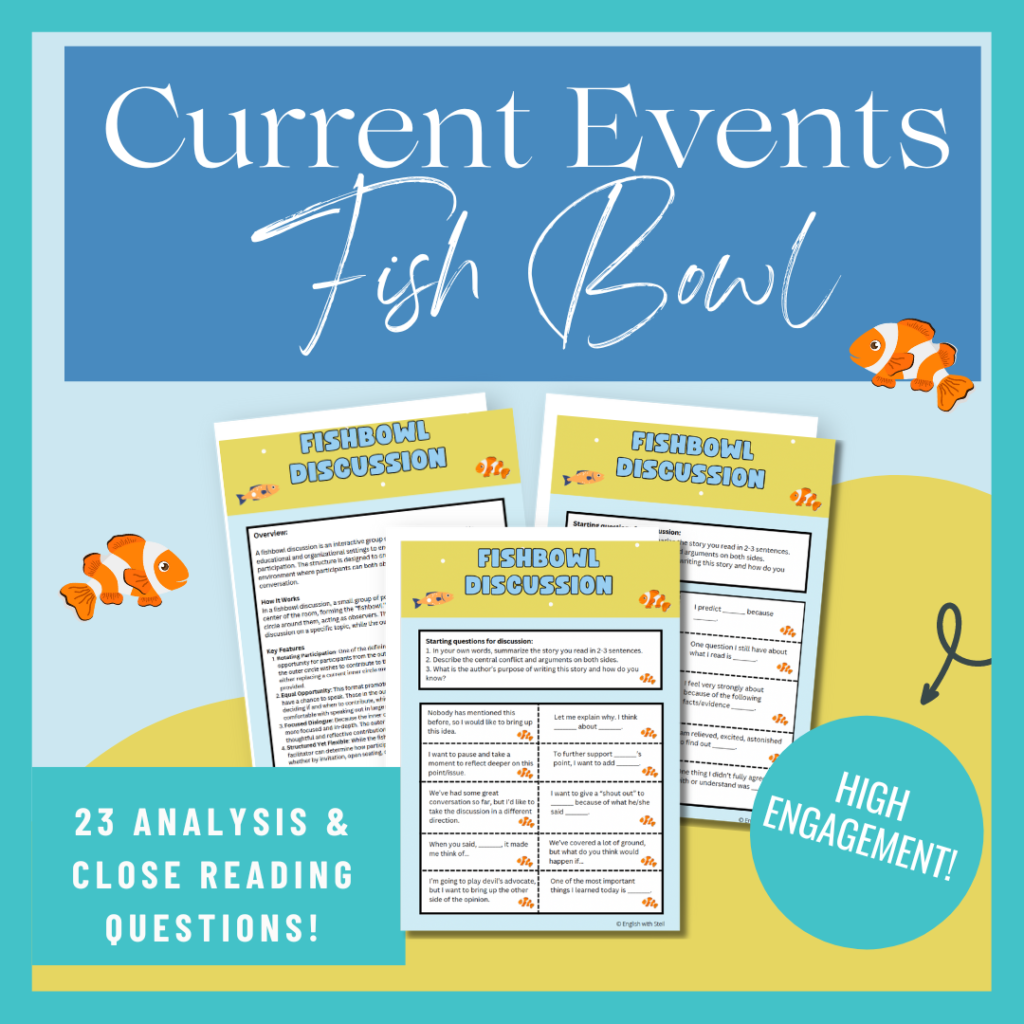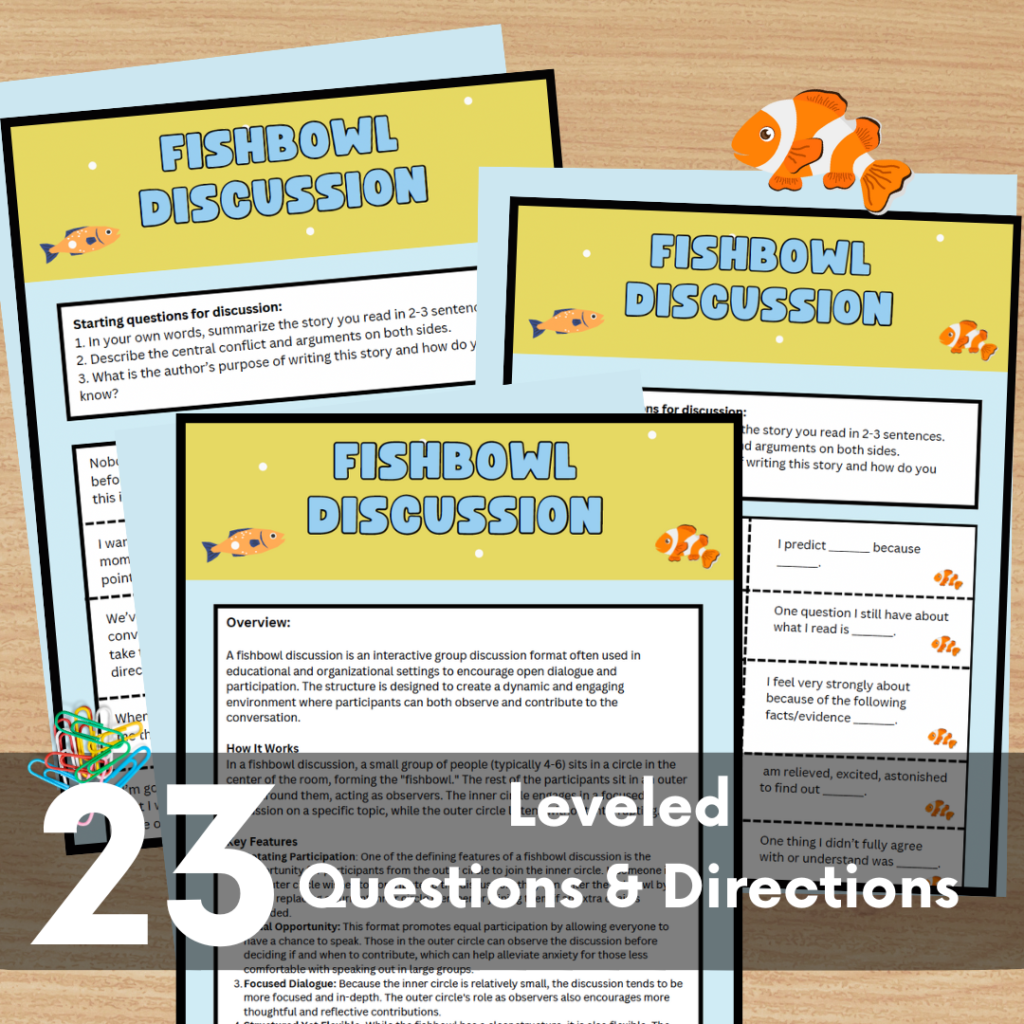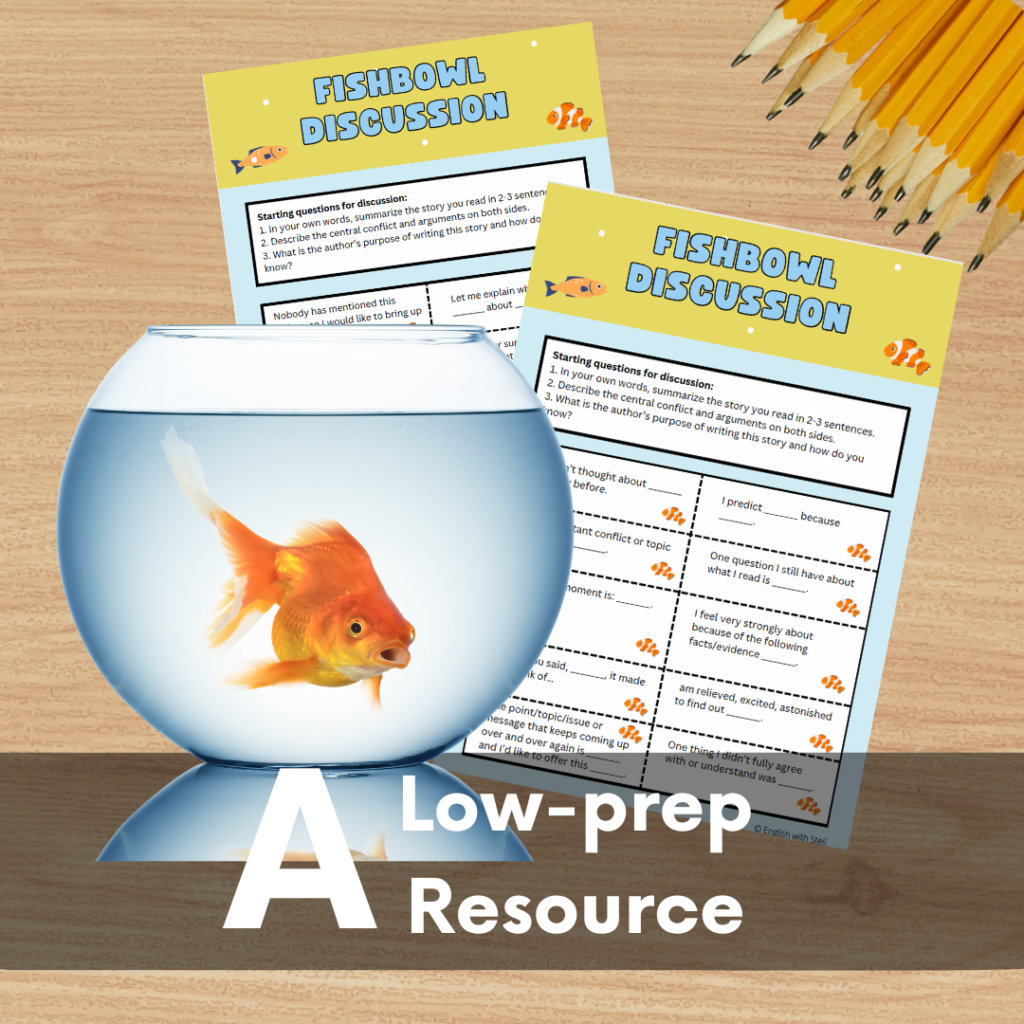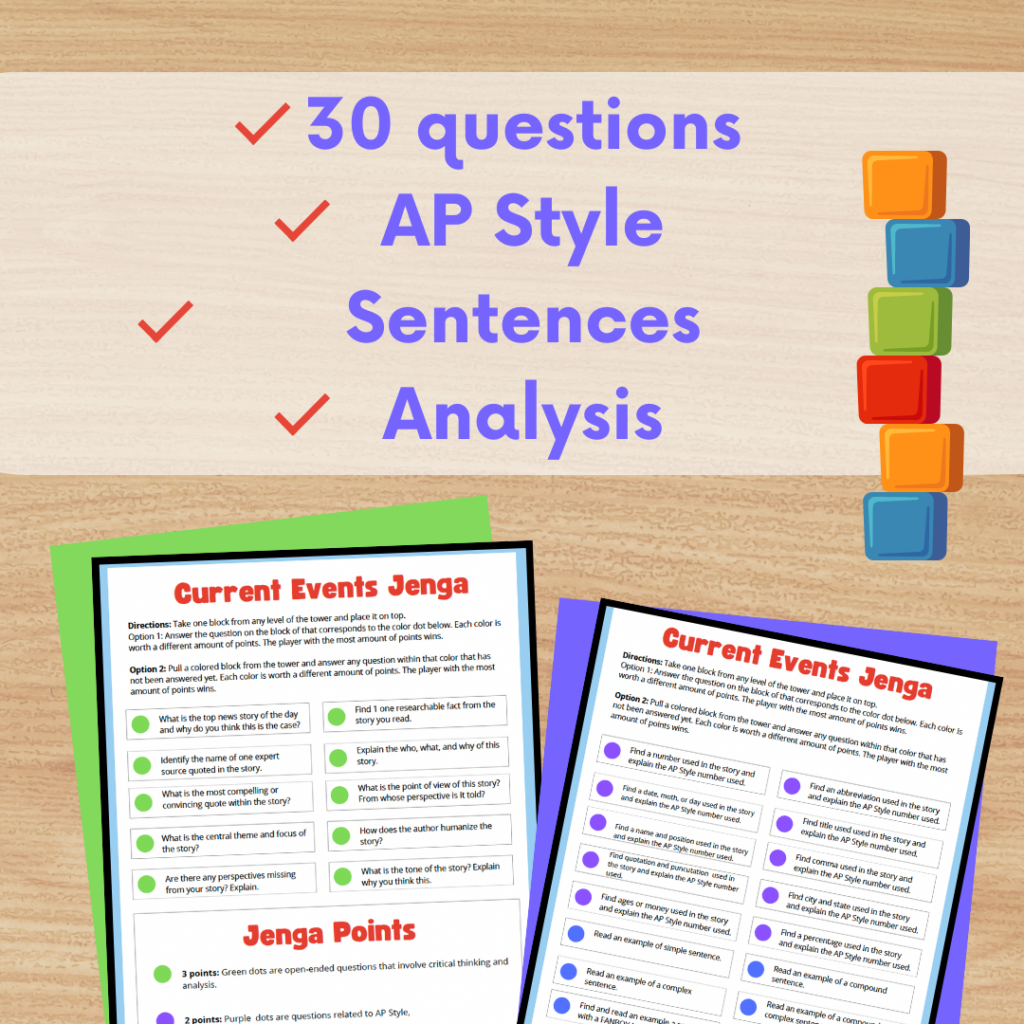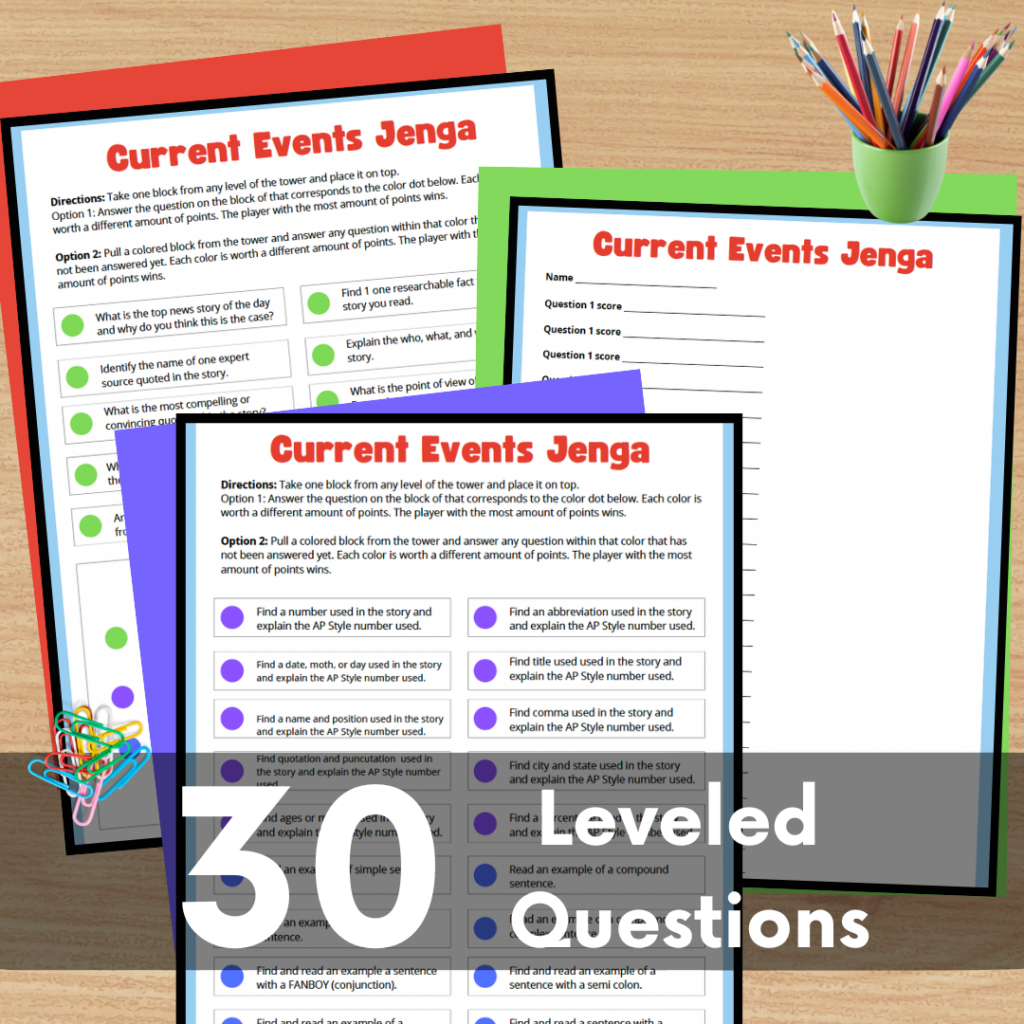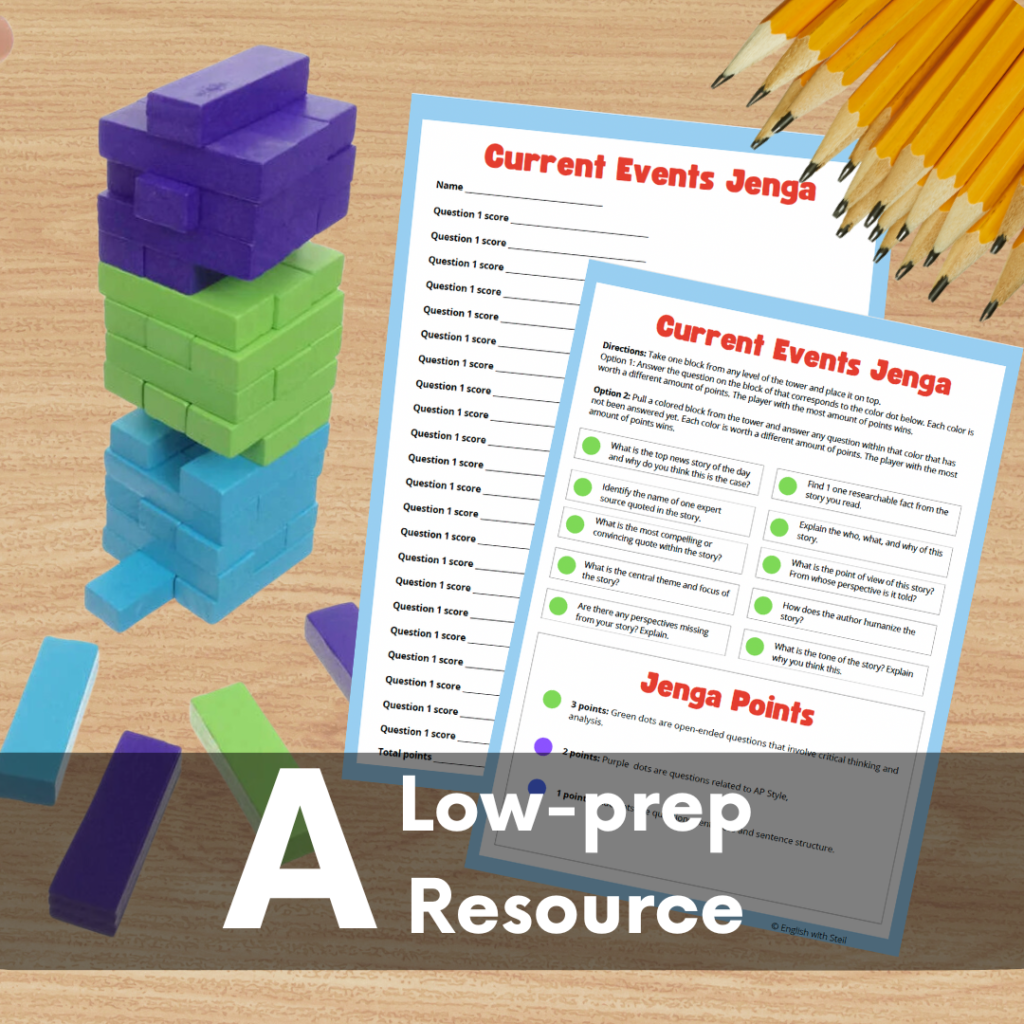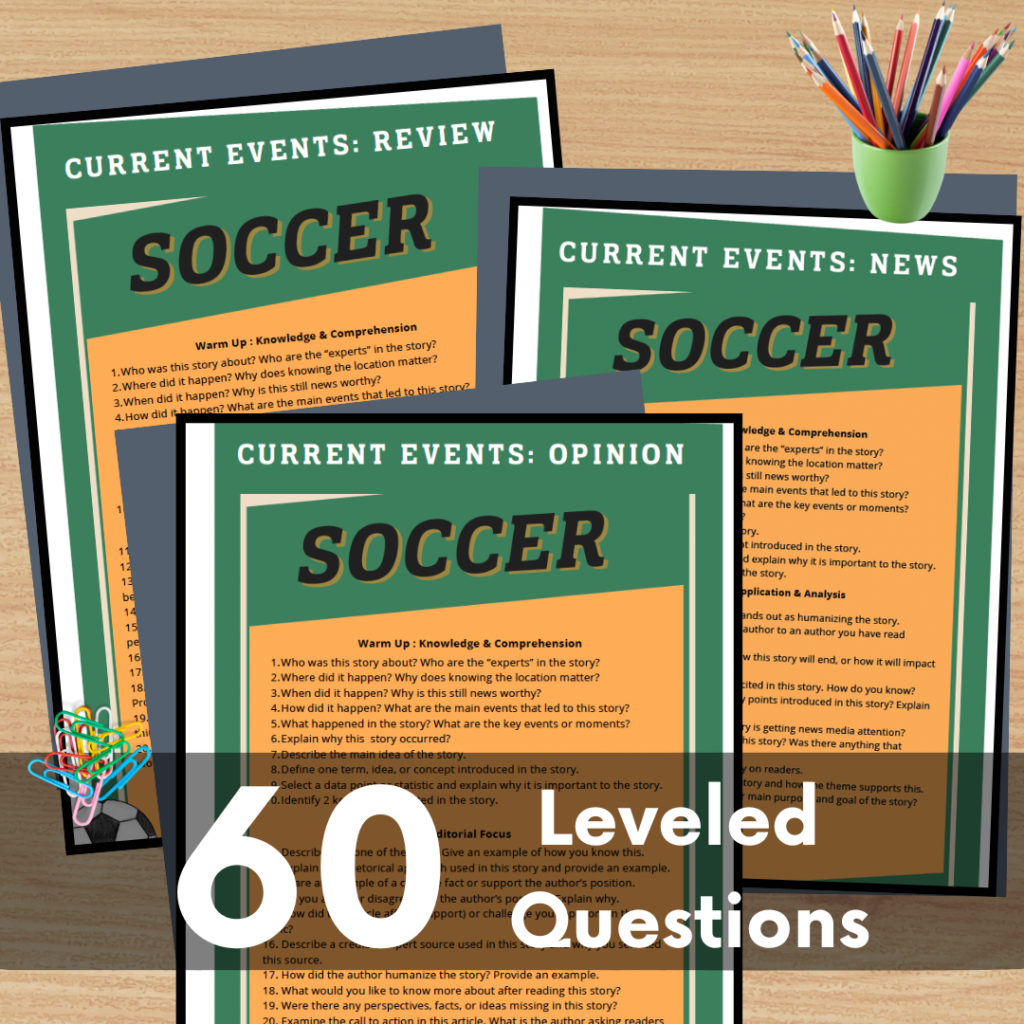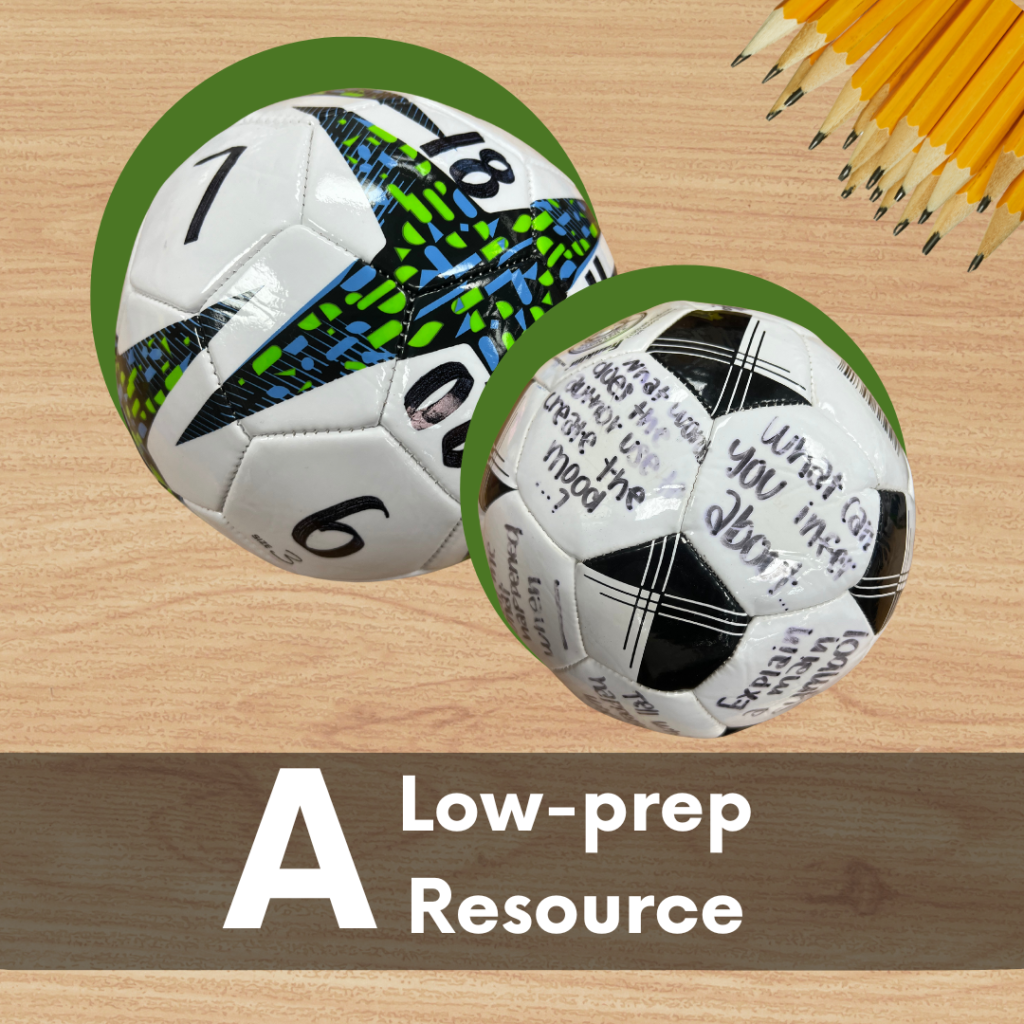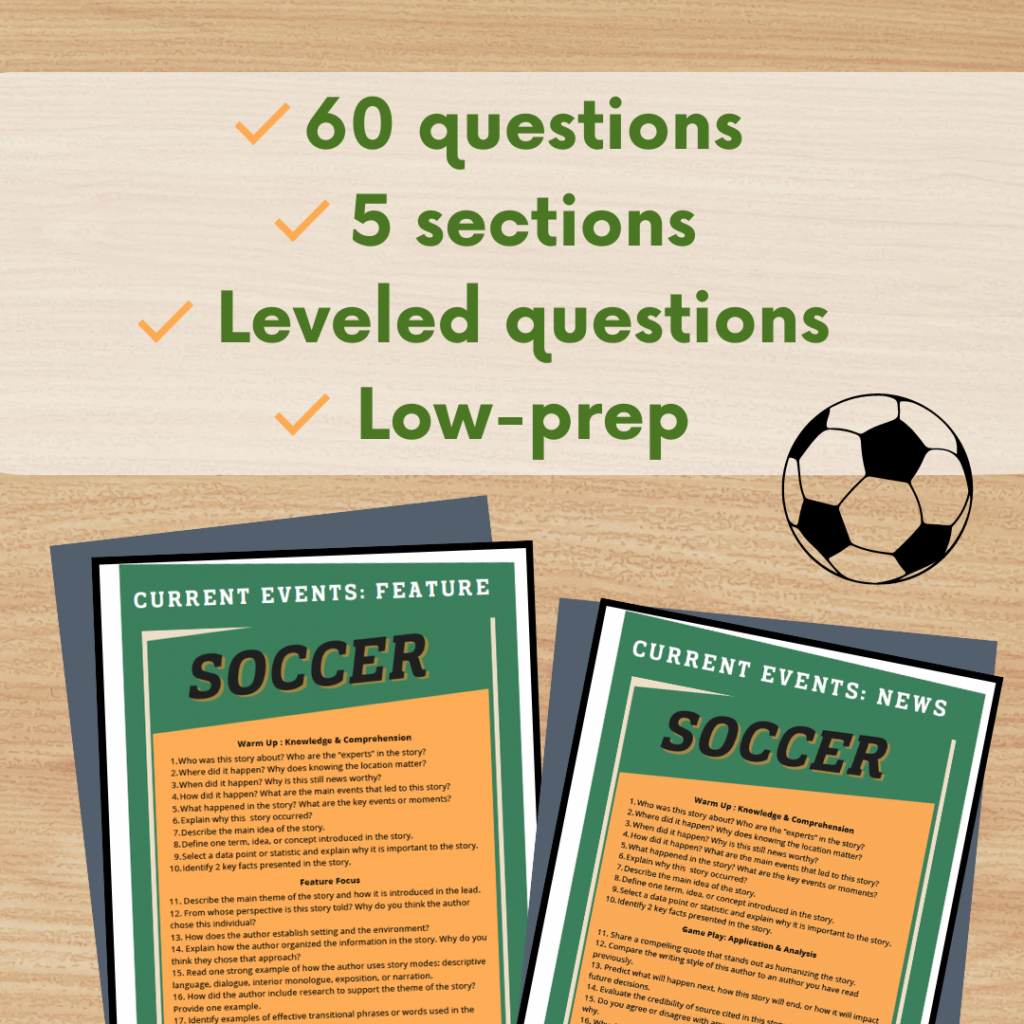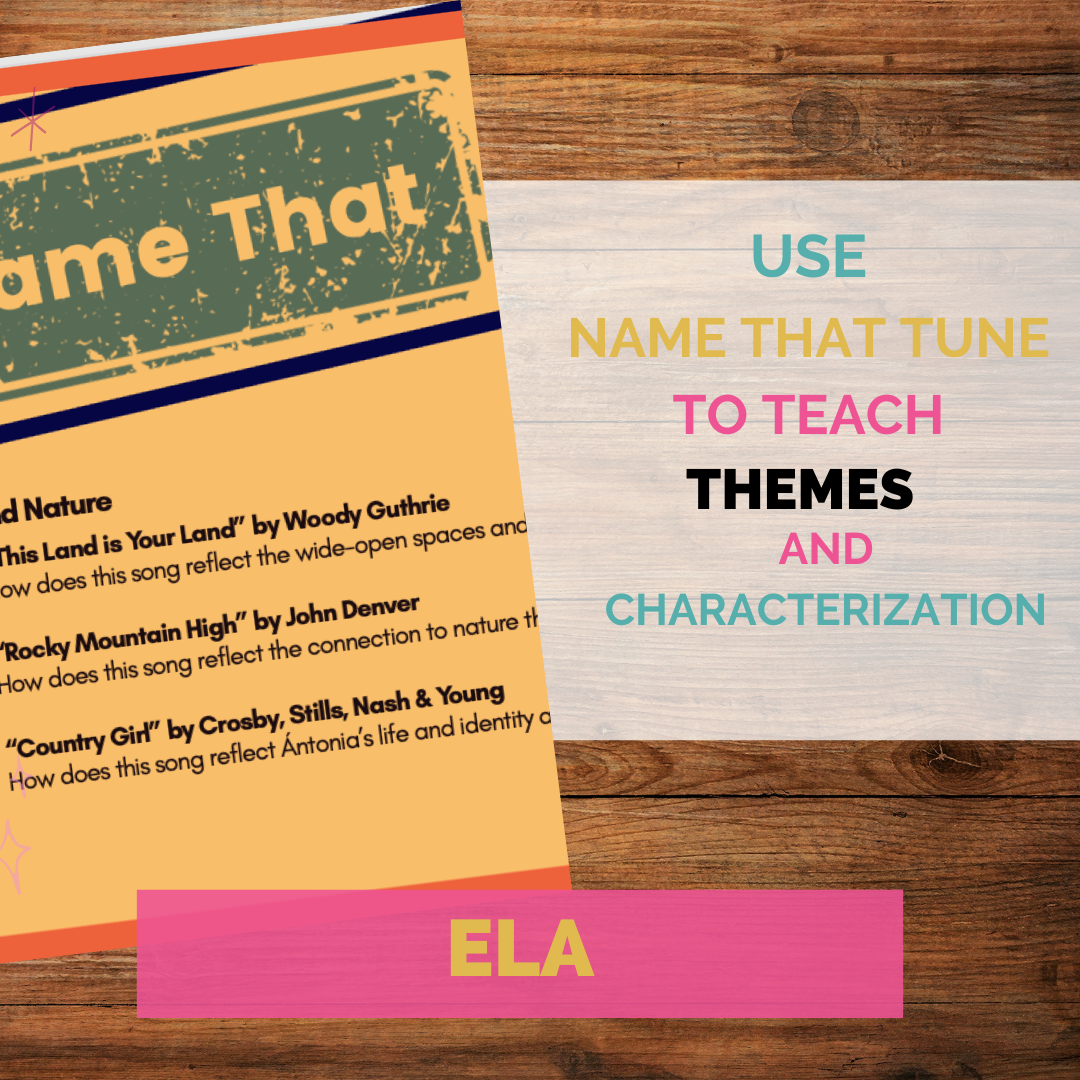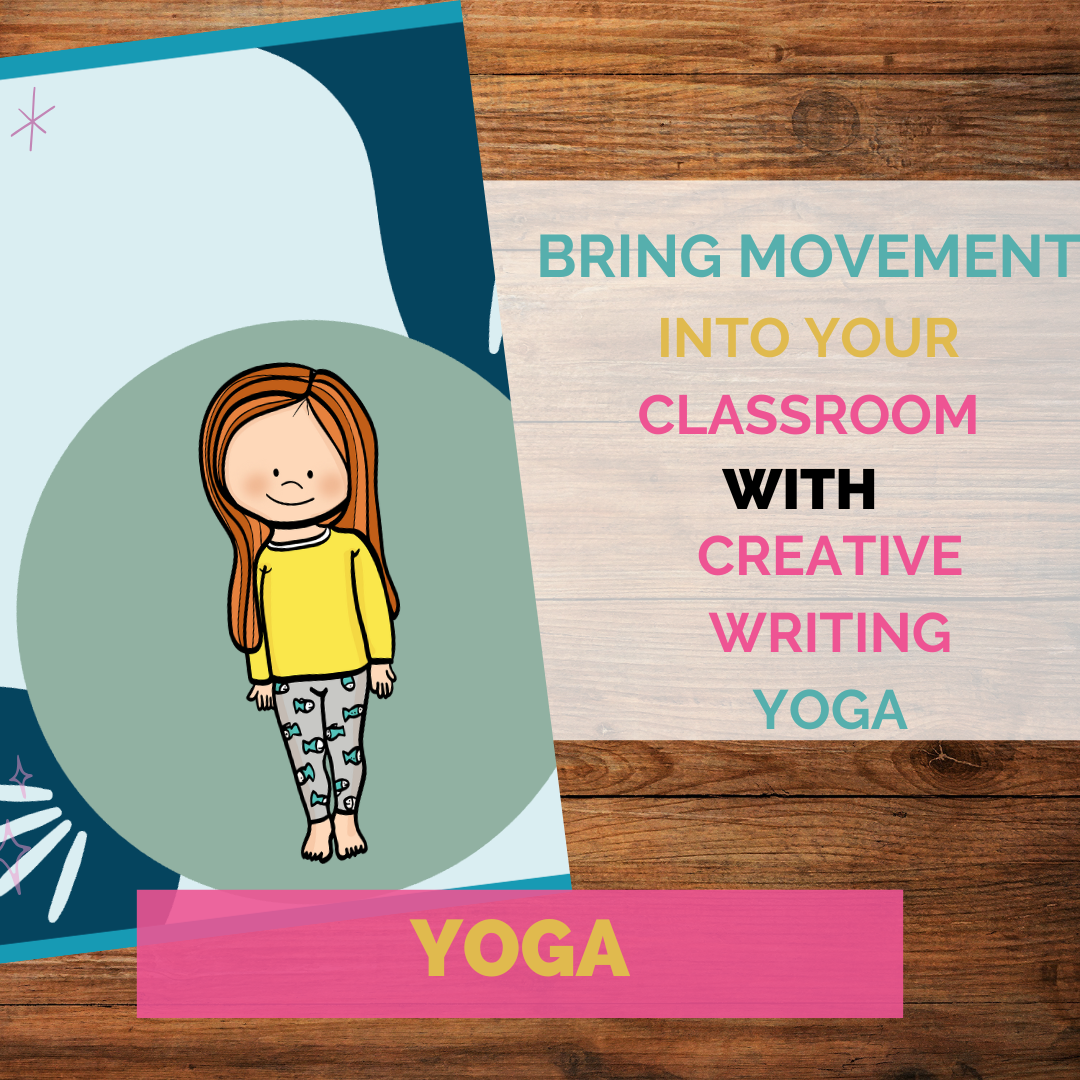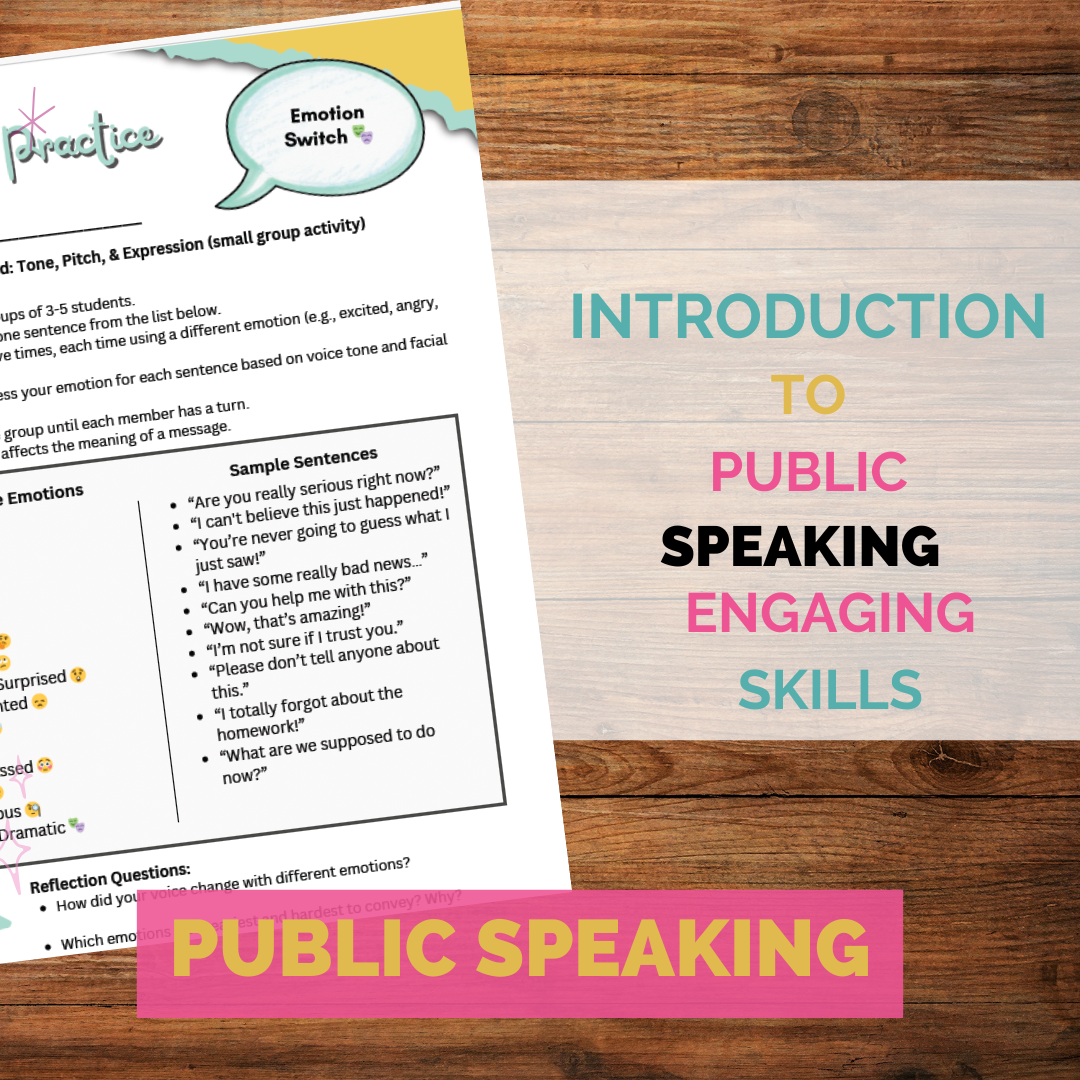If you’re anything like me, you’re constantly on the lookout for innovative and creative ways to bring current events and informational texts into your classroom. It’s a challenging but rewarding endeavor, as engaging students with current events not only fosters their understanding of the world but also sharpens critical thinking, reading, and discussion skills. However, finding the right balance between engagement and manageability can be tough. Let’s explore the importance of teaching current events and a few practical ideas to make this task both meaningful and manageable for you and your students.
Why Teaching Current Events is Crucial
1. Building Informed Citizens: Teaching current events is more than just a way to fill time or stay up-to-date with the news. It’s about helping students become informed citizens who can think critically about the world around them. In an era of information overload, students need to learn how to discern reliable sources, understand different perspectives, and make informed opinions.
2. Enhancing Close Reading Skills: Incorporating current events into your classroom is also a fantastic way to strengthen students’ close reading skills. News articles, opinion pieces, and feature stories are rich with complex structures, varying tones, and diverse vocabulary. When students engage with these texts, they practice identifying main ideas, analyzing arguments, and understanding context—skills that are transferable to all areas of their education.
3. Real-World Applications: Lastly, using current events as a teaching tool helps students see the real-world relevance of what they’re learning. It bridges the gap between classroom lessons and the world outside, showing students that the skills they develop in school are directly applicable to understanding and engaging with the world they live in.
While it’s important for students to write about current events, I found myself drowning in assignments to grade. Plus, having my students only write about news limited them to learning about one article at a time. To address these challenges, I developed a few interactive, low-prep activities that not only make current events more engaging but also build essential skills in a collaborative setting.
Fish Bowl Discussion
This activity is perfect for fostering deep discussions while reducing the grading workload. The Fish Bowl Discussion uses a Socratic Seminar model, where students engage in real-world close reading skills to expand their understanding of current events. I find this to be a great tool when I want all of my students to read the same article or text and have an in-depth conversation about multiple different key points. Unlike a traditional Socratic Seminar where students bring prepared question, this saved time by providing students question stems to get them started.
How it Works:
- Setup: Print and cut out 32 questions, placing them in a bowl. These include 3 opening questions to initiate an open-ended discussion and 20 open-ended critical analysis questions that can be applied to any news story.
- Execution: Students select a question from the bowl and discuss it in a small group, allowing them to explore different perspectives and build on each other’s ideas.
This activity is not only engaging but also enhances students’ reading comprehension and discussion skills, making it a valuable addition to your teaching toolkit.
Current Events Jenga:
This fun, interactive Jenga game transforms your students’ engagement with news into a collaborative, hands-on activity that builds both reading and writing skills. I use three different types of questions for the activity. I include some basic knowledge questions for sentence construction and AP Style. These are worth fewer points than the open-ended critical thinking questions. This helps reinforce syntax and how grammar and mechanics contribute the overall effectiveness of an article. There are also higher-level thinking questions that encourage deeper reflection and discussion.
How it Works:
- Setup: Prepare 30 questions, color-coded and printed for easy reference. These questions are divided into three categories: 10 related to AP Style Guide rules, 10 on sentence construction, and 10 on close reading analysis. Each question corresponds to a Jenga piece.
- Execution: As students pull a piece from the Jenga tower, they must answer the corresponding question before placing the piece back. This gamified approach not only keeps students engaged but also reinforces their understanding of journalistic standards and improves their analytical skills.
Current Events Soccer
For a more dynamic and physically engaging activity, try Current Events Soccer. This game combines physical activity with critical thinking, making it a hit with students who enjoy kinesthetic learning. This is one of my student’s favorite ways to discuss current events. It still allows for individual reading, but also allows for a lot of movement and engagement. This can be done by having all students read the same article or different articles.
How it Works:
- Setup: Write core questions on different sections of a soccer ball, focusing on various genres like news, features, arts reviews, sports, and opinion pieces. Prepare 60 leveled, open-ended questions, with 10 for each genre.
- Execution: Students kick the soccer ball and answer the question that lands face-up. They can then use their list of questions to expand upon the core questions, either individually or in groups. This activity not only builds teamwork but also helps students explore different types of news stories and genres.
Making Current Events Manageable
While these activities are designed to be low-prep and high-impact, it’s essential to remain flexible and adaptive to your students’ needs. Allowing students to choose topics they’re passionate about, offering varying levels of challenge, and incorporating multimedia resources can further enhance engagement and learning outcomes.
By incorporating these creative strategies into your classroom, you can help students develop critical real-world skills, foster a deeper understanding of current events, and enjoy the learning process. These activities not only make the subject matter more engaging but also build essential skills that will serve your students long after they leave your classroom.
So, the next time you’re planning your lessons, consider trying out one of these ideas. Your students will appreciate the variety, and you’ll find that teaching current events can be both manageable and incredibly rewarding.


